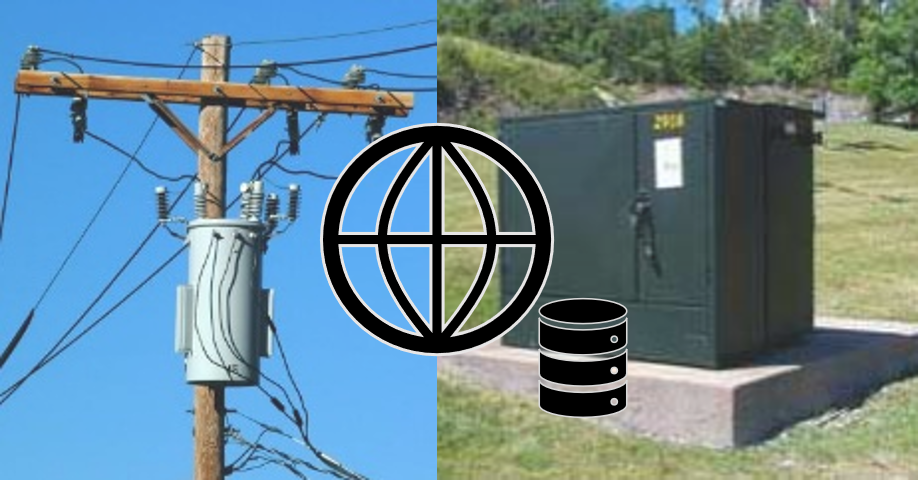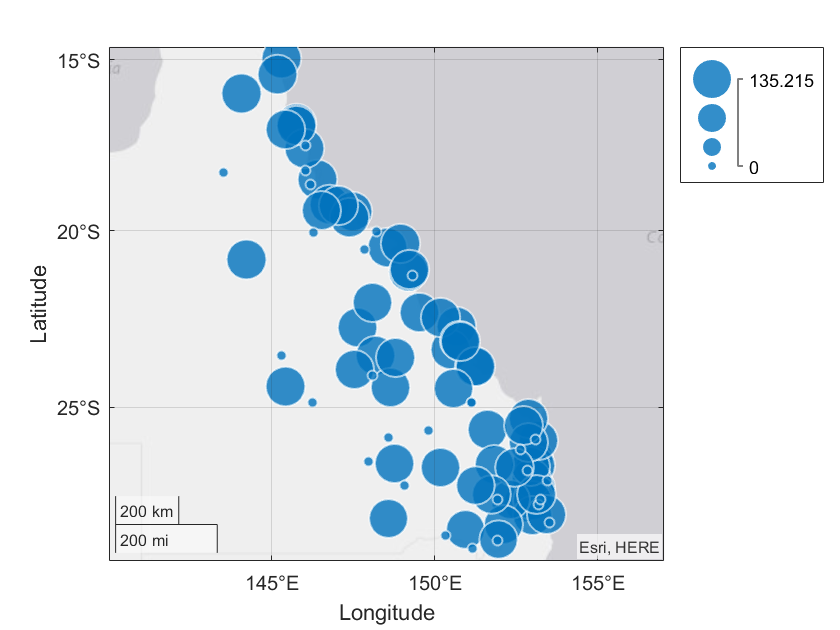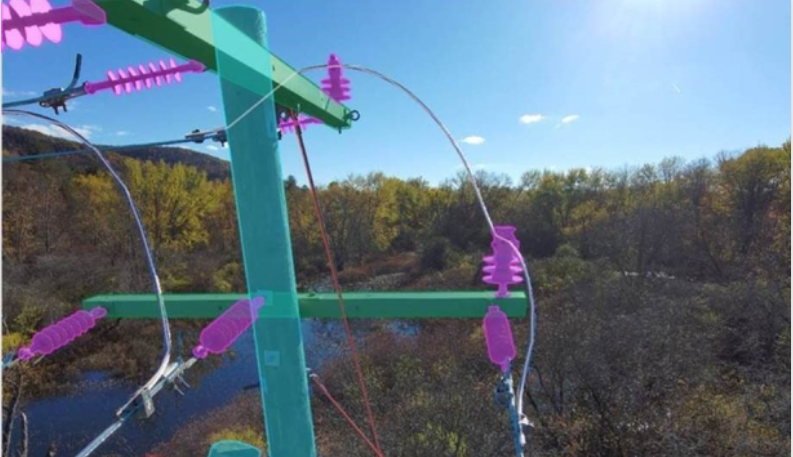2024 Analytics Project Tasks
Planned 2024 Research
This research focuses on three key areas where data analytics, artificial intelligence, and emerging sensors can help facilitate the distribution system of the future. These areas include:
- Distribution assets and their maintenance, inspection, and performance data
- Power flow and reliability data to facilitate metrics and cost-benefit analytics
- New emergent data sources and data science tools

Definitions and Data Models for Distribution Asset Analysis: This task develops and updates data models for efficient and effective extraction, transfer, and loading of inspection, performance, and failure data for use in industry and utility database applications and performance analytics. Data models for padmounted, underground, and network transformers; underground cables; and wood poles will be reviewed. This task plans to work with utilities to develop a comprehensive, prioritized list of additional distribution assets for which data models may be developed in future years.

Collection and Analysis of Industrywide Distribution Asset Performance and Failure Data: This task compiles and analyzes historical failure and performance data on distribution assets in a common format, using information gathered from participating utilities. This research defines and develops metrics and processes for mining and analyzing these datasets. In 2024, EPRI plans to continue developing insights intended to better inform decisions regarding maintenance program development, task and timing selection, benchmarking comparison among utilities, replacement decision support, and specification and selection of new distribution system assets.

Analytics for Fleet Management Distribution Assets: This task investigates and develops performance assessment analytics for distribution assets, such as wood poles; underground cables; and padmounted, underground, and network distribution transformers. The analytics are developed using data mining and analysis of periodic inspection results, subject matter expert experience, and other inputs, such as asset family, make, model, manufacturer, and operating environment. The research focuses on enhancements to algorithms and analytic methods for assets such as wood poles, underground cables, and distribution transformers.

Reliability and Resiliency Metrics and Analytics: This task aims to apply data analytics to traditional and emerging distribution system data sources to evaluate reliability and resiliency enhancement opportunities. This unique approach considers expected worst-case severe weather exposure, climate change, and other risk factors, enabling utilities to identify and target investments that will yield benefits in the specific areas where the improvements will be the most impactful. The analytics approaches used in this research effort enable members to understand historically successful leading practices and how new datasets can bring new insights to address reliability and resiliency challenges.

Evaluating Costs and Benefits of Reliability/Resiliency Improvement Options: This task analyzes different methods to quantify and cost-justify investments in reliability and resiliency improvement. In 2024, the planned focus of this work is to document industry-leading practices for cost-benefit applications and to address avoided-cost analytics. The avoided-cost analysis intends to create useful ratings for storm intensity and associated recovery costs. The work plans to develop replicable methods that utilities can leverage to guide their investment strategies and better inform the expected benefits to customers.

Geospatial Analytics and Insights: This task defines, prioritizes, and investigates scenarios where geospatial analysis of distribution assets may provide insights and support decision making. Also, this research intends to leverage asset performance data, SCADA information, smart meter data, and circuit-by-circuit power flow performance data. As this research collects data from utilities, EPRI intends to demonstrate different approaches for visualizing the query results over different temporal and spatial ranges.

Computer Vision for Asset Health and Inventory: Utilities can apply imagery, video, LiDAR, and other remotely sensed data to enable improved distribution asset inspection and inventory. EPRI intends to investigate application of artificial intelligence to data collected using existing and emerging inspection technologies. These results are intended to enable automated data processing and build confidence in computer-predicted asset health.
For more information on the 2024 plan for asset, reliability & resiliency analytics, contact Doug Dorr or Bhavin Desai.